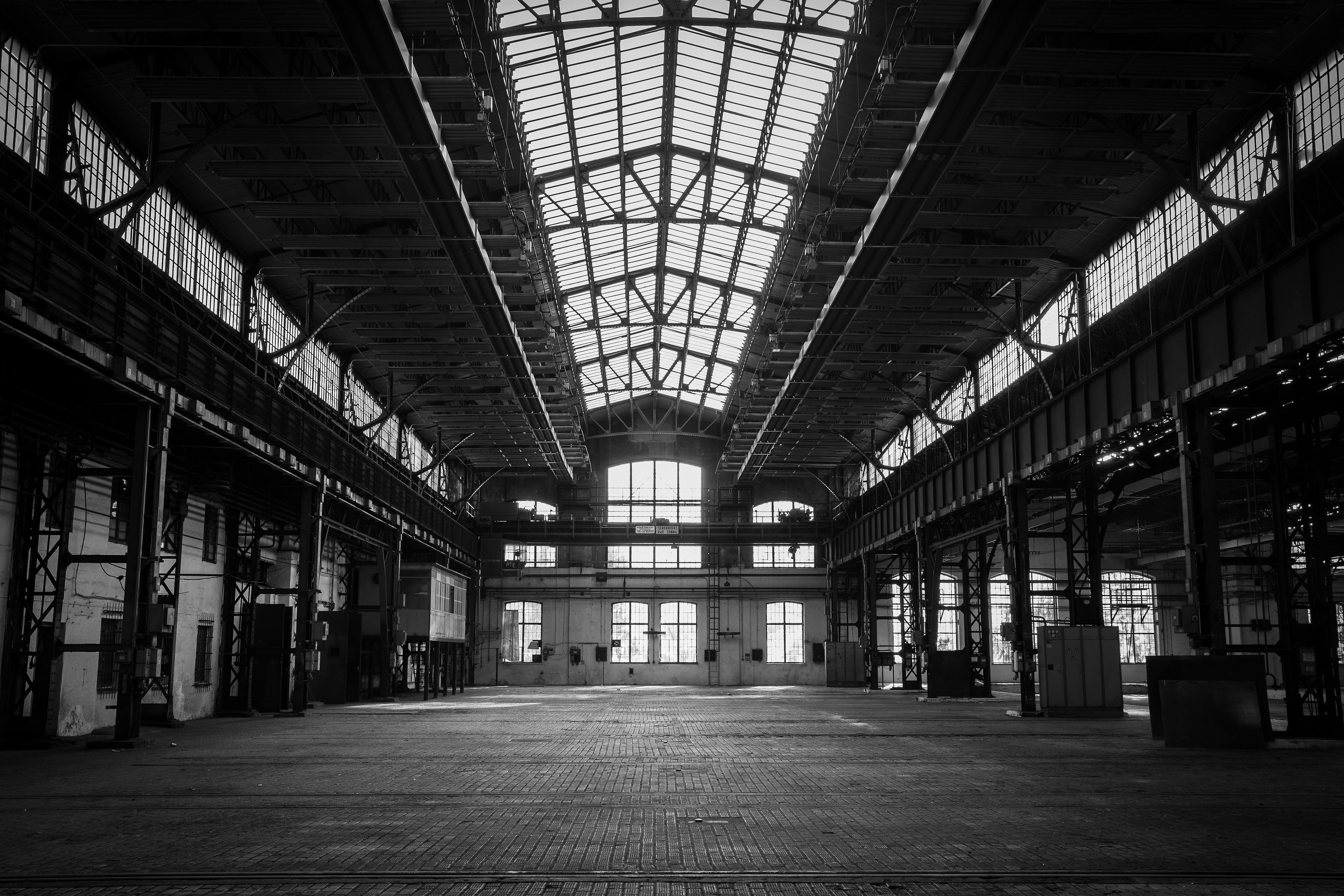Developers plan to build almost 7 million m2 of industrial property. Including on brownfield sites

What do the Karlovy Vary, South Bohemia, Liberec and Ústí nad Labem regions have in common from the perspective of industrial property developers? This is by no means the weakest that construction supply and building activity has been in a long time. Quite the opposite. An analysis by real estate consultancy 108 AGENCY indicates that these four regions – relative to their current capacities – are expected to see the largest increase in new warehouse and manufacturing space in the next few years. Altogether, the consultants have identified development projects in the Czech Republic with a floor area of more than 6.8 million m2, which are in various permit and preparation stages – environmental impact assessment, zoning/building permits, or initial building work. Three developers account for 54% of the planned projects: CTP, Panattoni and Prologis.
An increasing number of the projects now being undertaken involve the regeneration of brownfield sites and the conversion of older properties and complexes. With the amount of developable land shrinking and greenfield construction being regulated, this trend is set to continue and intensify. According to available CzechInvest data, there are over 4,300 such projects, covering an area of 132 km2, across the Czech Republic. “The Ústí nad Labem and Karlovy Vary regions are both in a position to draw on substantial funds for brownfield regeneration. What’s more, a major economic upturn is forecast for these regions. From a developer’s viewpoint, South Bohemia will benefit from the completion of the motorway network – especially the new sections of the D4 and the link-up with Austria,” explains Jakub Holec, 108 AGENCY director.
This year, 108 AGENCY reports, the volume of modern industrial space in the Czech Republic will exceed 12 million m2. In response to the previous two very strong years, reflected in steady growth in demand from tenants, over 1,000,000 m2 of new construction will be completed this year. The projected construction is distributed across all regions with the exception of Vysočina, where building work is sparser. Looked at in absolute terms, most new development is to be found in Central Bohemia, which is also where the main demand is.
The latest CzechInvest figures show that the availability of developable land, or areas slated for redevelopment, coincides with the potential for economic growth and the aims of government support. Since over 50% of brownfield sites were used for either industrial or agricultural purposes (1,289 industry, 1,242 agriculture), they are most densely concentrated in the Ústí nad Labem, Moravia-Silesia and Liberec regions. In the first two of those regions, heavy industry is steadily being phased out. The Karlovy Vary region is close behind in terms of its supply of these potentially developable areas. The largest average area of a brownfield site, at 24.31 ha, can be found, for example, in the Sokolov district.
“Complexes that are no longer in operation can be redeveloped for industrial production or raw material processing. The potential construction of a gigafactory in Líně will open up unprecedented opportunities for Plzeň and other regions. As for the Ústí nad Labem region, a base could be established here for further suppliers and processors associated with the proposed launch of lithium mining at Cínovec, with downstream processing in the electric vehicle industry,” says Matěj Indra, 108 AGENCY’s head of industrial and logistics real estate leasing, who believes that manufacturing will continue to have a slight edge over logistics as far as demand is concerned.
In the Moravia-Silesia, Ústí nad Labem and Karlovy Vary regions, EU funding should help to restore brownfield sites, more than 60% of which are owned by private owners, with a quarter publicly owned. It is very often the case that an otherwise excellent site of disused buildings or complexes is countered by environmental or other issues. This is partly why CzechInvest data shows a wariness on the part of developers and investors, who are mainly focusing on smaller regeneration projects where the investment outlay is under CZK 60 million.
Even so, as the information available to 108 AGENCY indicates, many developers will have no choice but to tap into the brownfield redevelopment sector. The supply of “virgin” developable land is very limited and will grow only haltingly, if at all. Greenfield sites will be affected further by pending legislation that would prohibit industrial development on class I and II farmland.



